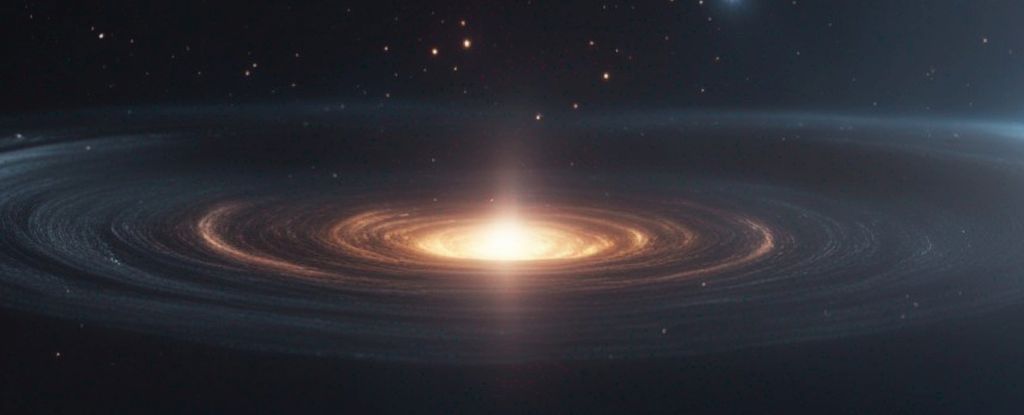
Recent research suggests that the Universe may end in a “Big Crunch” rather than continue expanding indefinitely. New calculations indicate that if the evolving nature of dark energy is validated, the Universe has a finite lifespan of approximately 33.3 billion years. Given that the Universe is currently estimated to be 13.8 billion years old, this implies we may have less than 20 billion years remaining before a dramatic reversal of expansion occurs.
The study, led by physicists Hoang Nhan Luu from the Donostia International Physics Center in Spain, Yu-Cheng Qiu from Shanghai Jiao Tong University in China, and Henry Tye from Cornell University in the United States, proposes a new model based on recent dark energy observations. This model predicts that after approximately 11 billion years of continued expansion, the Universe will halt its growth and begin to collapse under its own gravity.
The implications of this research challenge the long-held belief that the cosmological constant is positive and that the Universe will expand forever. As Henry Tye explains, “The new data seem to indicate that the cosmological constant is negative, and that the Universe will end in a Big Crunch.” The cosmological constant is a critical component of Albert Einstein’s theory of general relativity, which describes the expansion of the Universe. A positive value of this constant promotes outward expansion, while a negative value suggests a pull that could eventually reverse this expansion.
Recent observations hint that dark energy might not be static. The authors of the study propose that a small negative cosmological constant could help explain the Universe’s observed behavior. They combine this with an ultralight axion field, which is theorized to act as a form of dark energy. Axions are theoretical particles that have been proposed as solutions to various problems in particle physics.
In the new model, the axion initially provides a gentle outward push, allowing the Universe to expand at an accelerating rate. This phase is expected to persist for around 11 billion years. Following that, the influence of the axion will weaken, giving way to the pull of the negative cosmological constant. The Universe will reach a maximum size of approximately 1.7 times its current size before beginning to contract.
The contraction phase, described metaphorically as akin to riding a bicycle uphill with a diminishing tailwind, will accelerate as gravitational forces strengthen. The researchers note that the contraction will occur more rapidly than the expansion, culminating in a Big Crunch scenario, where all matter in the Universe collapses into an infinitely dense state.
It is essential to recognize that this scenario is not a definitive prediction but rather one plausible outcome if the emerging data on dark energy is substantiated. Further research is necessary to ascertain the true nature of dark energy, which remains largely mysterious. According to Henry Tye, “For any life, you want to know how life begins and how life ends – the endpoints.” He emphasizes that understanding whether the Universe has an end is a significant question in cosmology.
The findings from this research have been published in the Journal of Cosmology and Astroparticle Physics. As scientists continue to explore these profound questions about the Universe’s fate, the potential for new discoveries remains vast and exciting.






